As a sea kayak instructor years ago, I learned the value of having the proper safety gear. This has carried over to my surf ski days. I have been paddling surfskis since 2003. I am an early adopter in marketing terms, so I tend to have the latest gear. A few years ago I tried the SPOT system and that worked well enough but I hesitated on the 150.00 yearly fee after a year. I have had two types of Emergency Beacons and a few years ago updated to a very compact unit that you see in the picture.
While I have always carried a waterproof phone, it was time for an upgrade on that front as well. So my emergency phone now is the wonderful Samsung S6 Active that is water proof for 30 minutes in 3 feet of water. This Phone also takes the best pictures of any phone and I take a lot of pics. It is better than my Note 4 and has the same camera specs as the new Note 5. Despite its waterproofness, I still carry it in a waterproof clear case so I can still operate the phone.
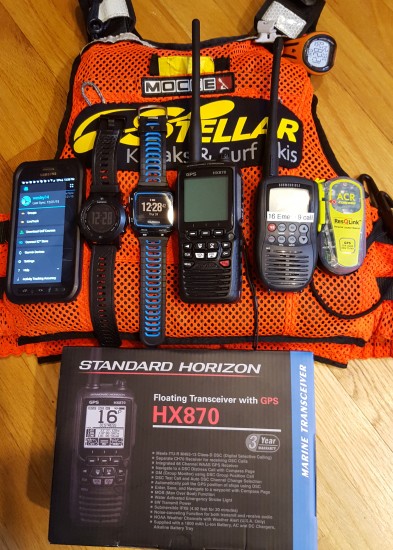
Samsung S6 Phone Active with Garmin Live Tracking with both Fenix 2, 920XT. HX870 VHF, Backup VHF, Emergency Beacon, Mocke PFD.
On the GPS front, I have had every Garmin GPS unit since they started making them. My current model is the newest 920XT and my Fenix 2 as shown in the picture. I may opt for the Fenix 3 since I have a credit with Garmin. The beauty of these units from a safety standpoint is that they have “Live Tracking”. This means that I carry this phone with me and once paired with my S6 active phone via bluetooth and the Gamin App, I can send people via their email, the link, so they can watch my progress in “Real Time “. I have tried this feature twice now, emailing Betsy, my wife and for a test to Chris Chappell. So far it works as planned. I don’t use this feature all the time, only if I am planning on a rough water course like Beavertail or around Ocean Drive. I could have used this technology at this year’s 2015 Blackburn that had 4-6 foot seas by just emailing the Race Timers with the link so they could have tracked my progress. On this note, I hope the Blackburn Committee will employ this type of technology next year.
Like Emergency beacons, phones, and GPS, VHF radios have improved also. This week I upgraded to the Standard Horizon HX870 that has GPS receiver, Digital Selective Call, 6 watt transmitter, and much more. My only complaint is that I wanted it to be smaller like the other VHF in the picture. So as you can see I believe in safety redundancy. One of this devices is going to fail due to mechanical error, battery, or operator error when I need it the most. So between the VHF, Beacon, Phone, and live tracking, I feel better about my chances of survival. While have 10 PFD’s downstairs, I like the Mocke Vest due to the color and the HUGE front pocket that can accommodate the above gear. It also is warm for winter paddling. For true flat water paddling, I use the newest upgraded Vaikobi pfd since I only carry my phone. I always use my paddle leash, pfd and tell my wife where I will be paddling and call her when I am off the water. Lastly, a more stable ski to match your skill level greatly reduces your anxiety. They are more stable and are easier to remount and I am more confident I can assistance another paddler in a more stable ski.
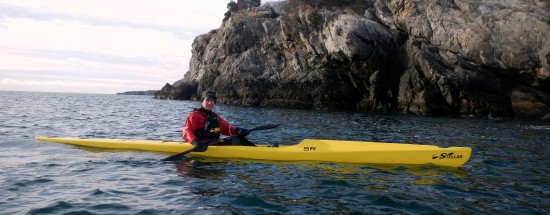
SR on Ride the Bull Course in Jamestown, RI in January 2015
Safety is also about good judgement and experiences that I have gained over the years of training, racing and being a Race Director for three of our local races. Two points that I want to make on JUDGEMENT.
1. You are responsible for yourself, not your paddling partner, not the race director. Paddling in a surfski group is like paddling alone from a safety standpoint. Only highly skilled rough/big water paddlers will be able to offer on-water assistance to another paddler. For the rest of us, we will be fending for ourselves, praying our buddies make it to shore as well. Once to shore our assistance will be to call the rescue.
2. Do not be talked into paddling into waters that are well over your skilled level by friends or other paddlers despite what their skill level is. They could be expert paddlers but have a higher risk tolerance than you, they may not have the proper safety equipment to signal for help, they may have another agenda like completing a race, they may have poor ocean judgement or poor leadership skills, or lastly they are over rating their own skill level(excellent flat water paddlers but ocean experience is limited).
I have been guilty on 3 occasions of talking a paddler into paddling when I should not have. Twice with my wife, many, many years ago and once 6 years ago when I tried to talk my friend Chris Chappell, a newer surfski paddler at the time, into paddling on a big day on the Blackburn Course. Chris, despite peer pressure, opted to not to go out that day which was the best decision he could have made that day. Once I got out of the Gloucester Harbor, I realized my error in judgement.
On a few occasions early in my surfski career, I was talked into paddling when I should not have. I learned from those experiences, telling myself, ” I will always rely on my experience, my skill level and my interpretation of the weather forecast. The most recent example of this was at this year’s Blackburn where I was scheduled to race a surfski double. While many surfski doubles fared well enough in the Blackburn, I knew I would not. Paddling a lightweight tandem ski in big conditions with limited time in the bucket scared me. So despite some peer pressure, I stood firm and opted to paddle my stable single surfski, my Stellar SR 2G, a wise decision. Once I got out of the Annisquam, I knew that I would have had to turn around if in a double. I have said for years to my paddling buddies, that my risk tolerance is lower than theirs. So they know this now, and I am not shy in discussing what are the safer options. As I am writing this, realize that warm water paddlers can have a different safety outlook then mine. I paddle 5 months in a drysuit, 2 months in neoprene pants and paddling top, and 3 months if I am lucky in summer attire.
This is my safety article for the year. Hope it helps some paddlers.
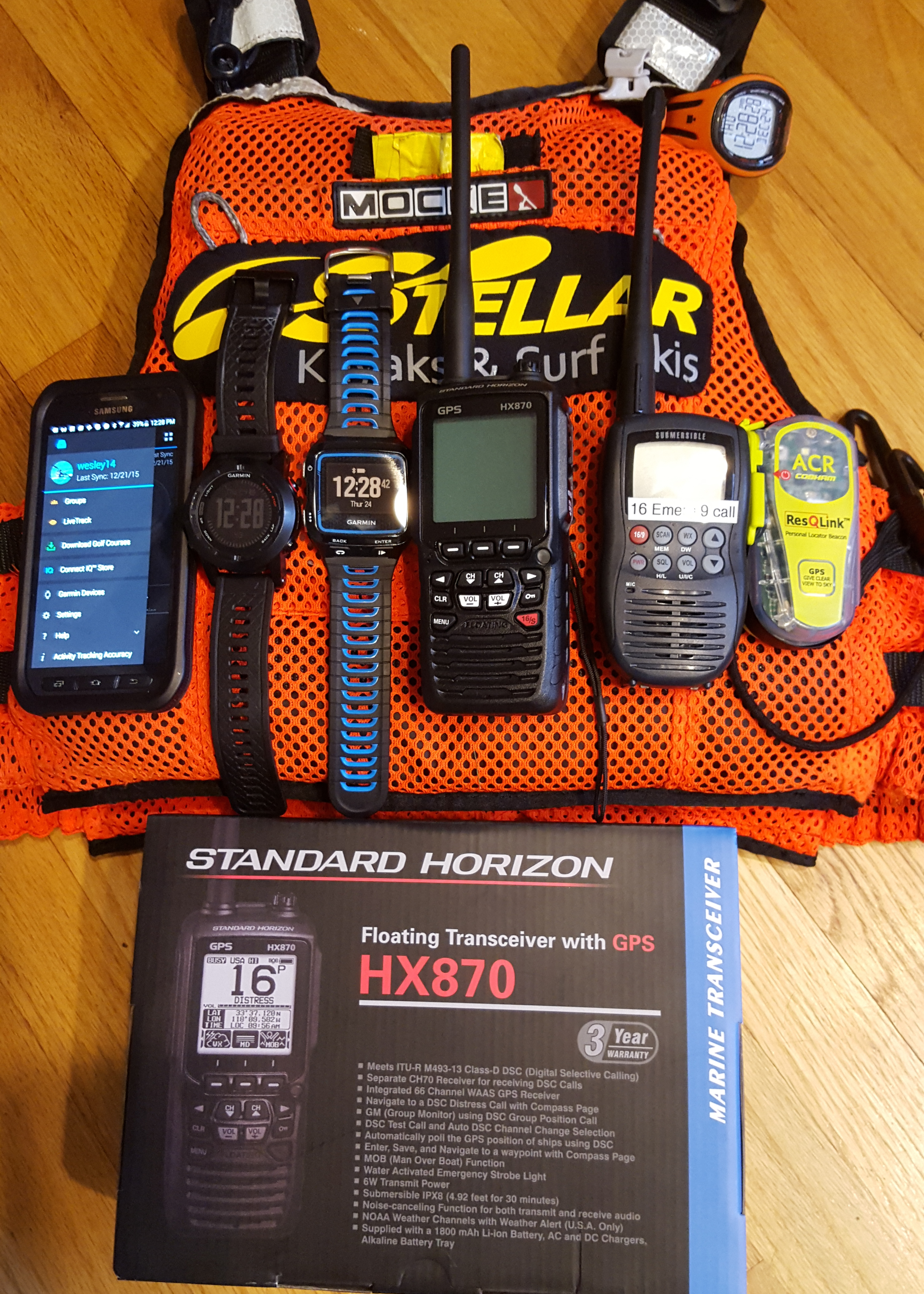
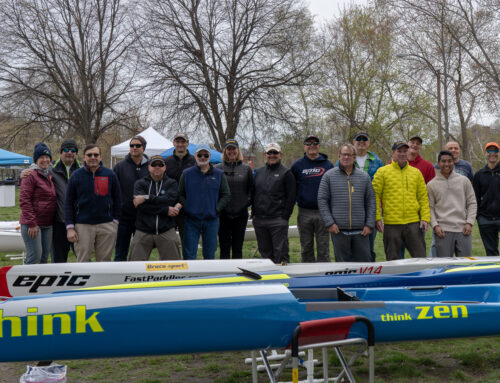
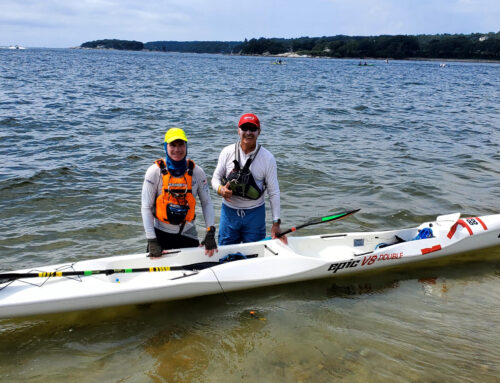
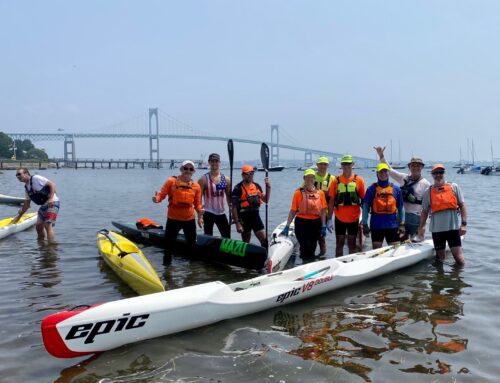
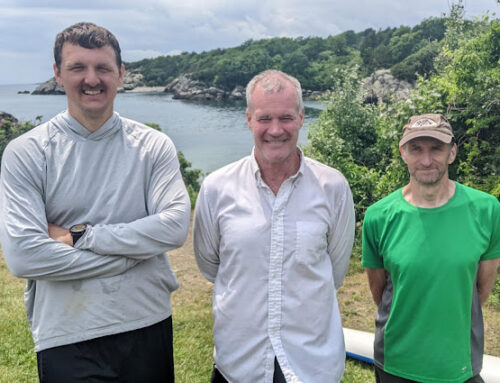
Leave A Comment
You must be logged in to post a comment.